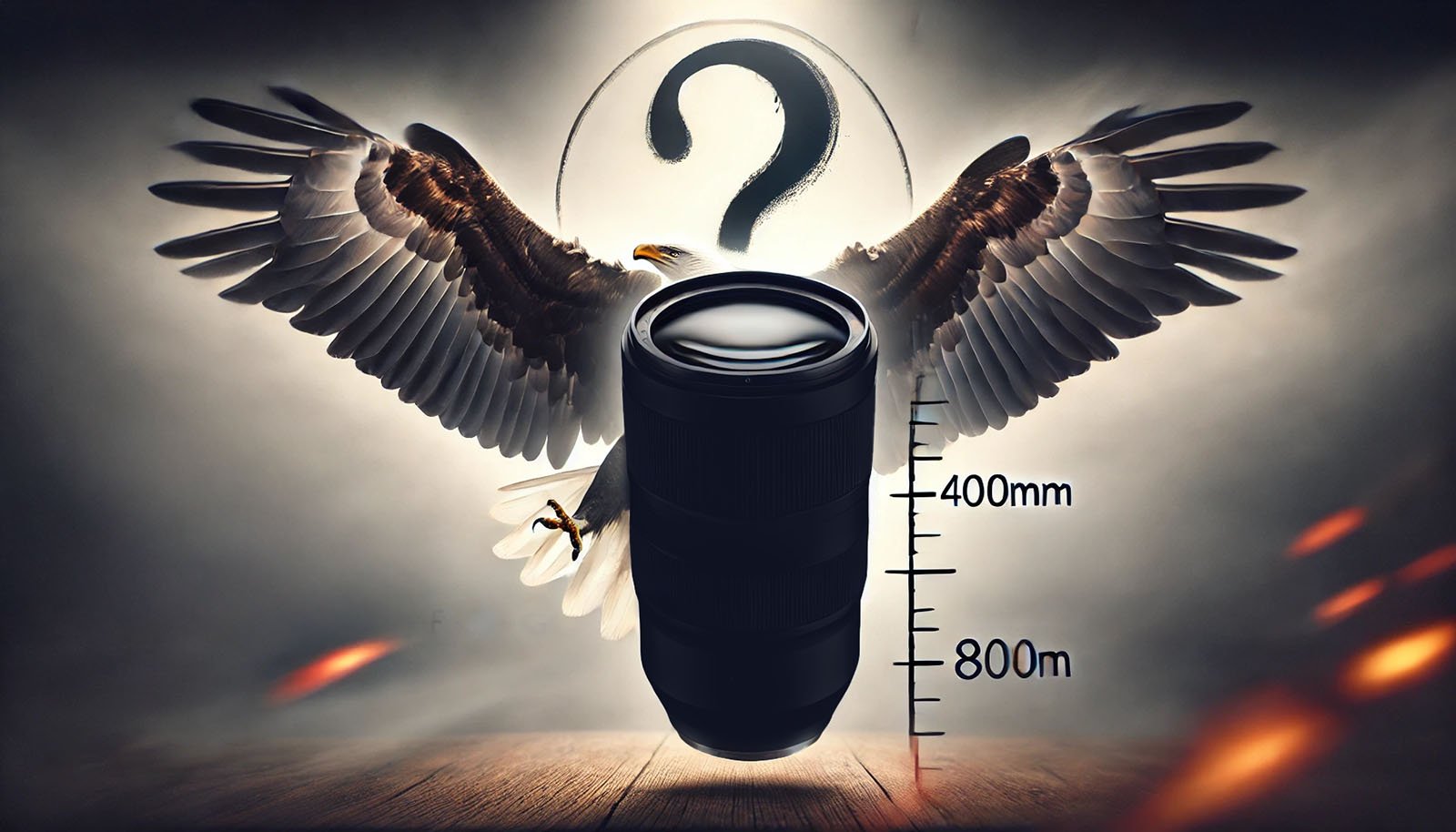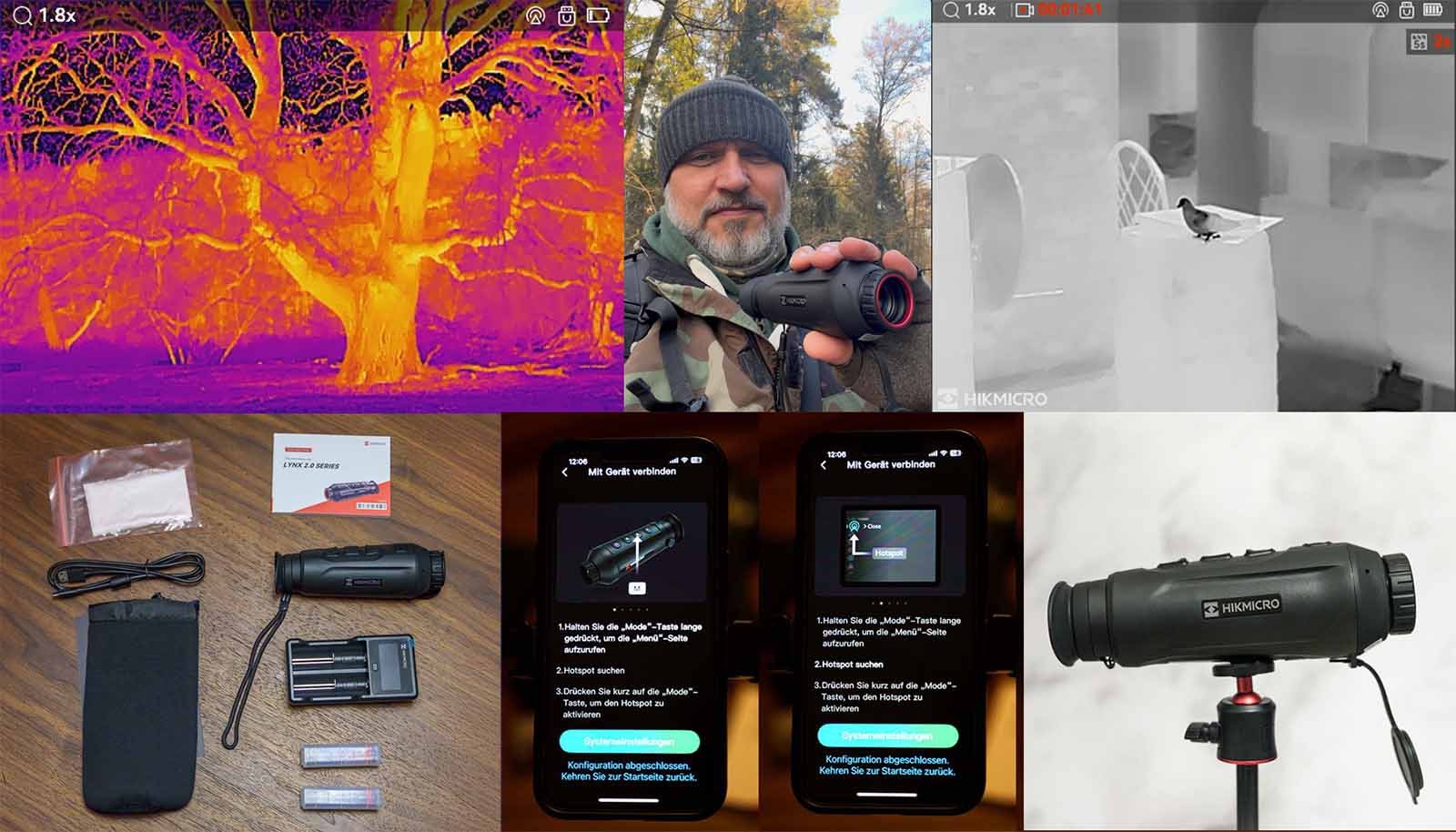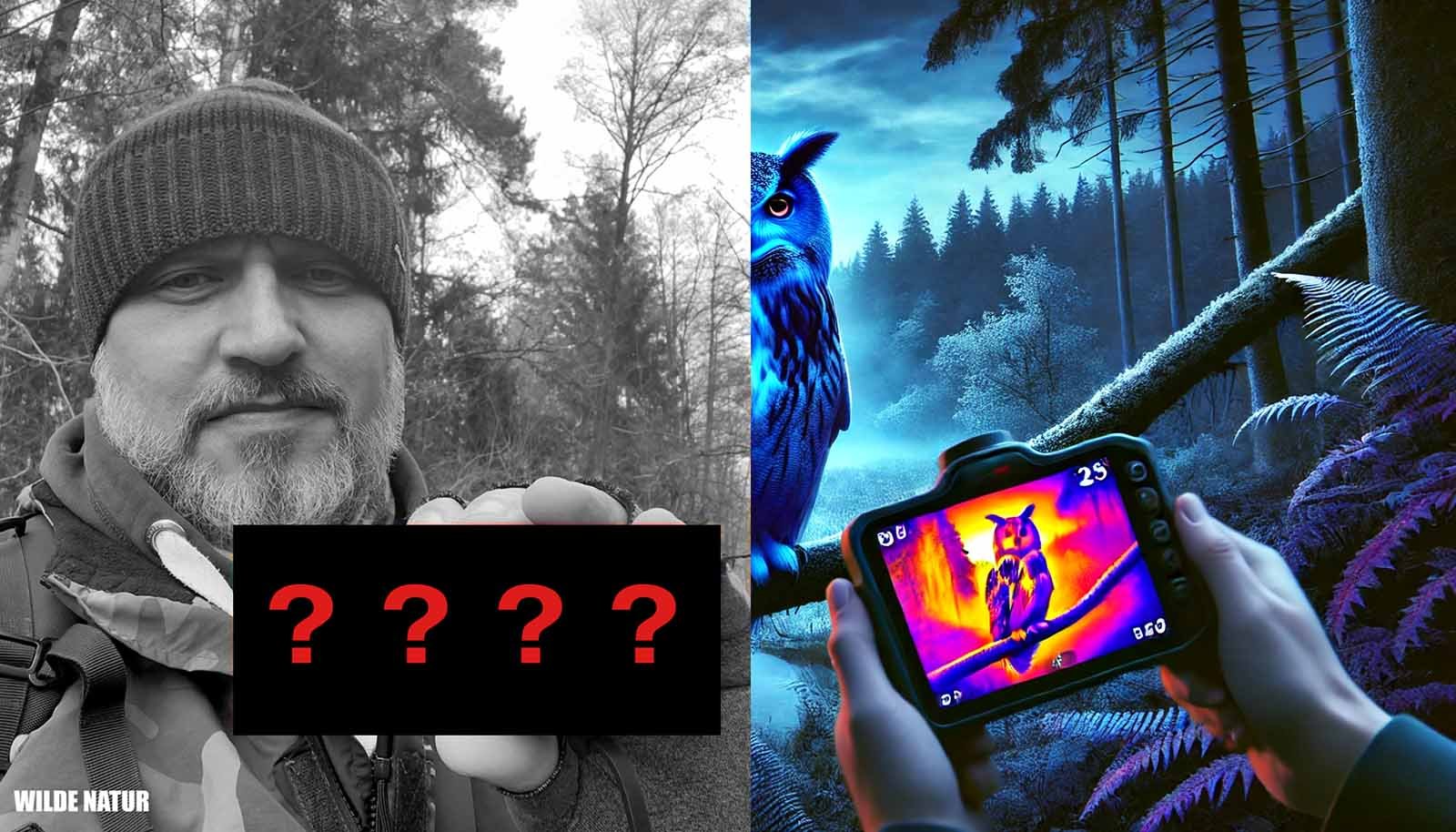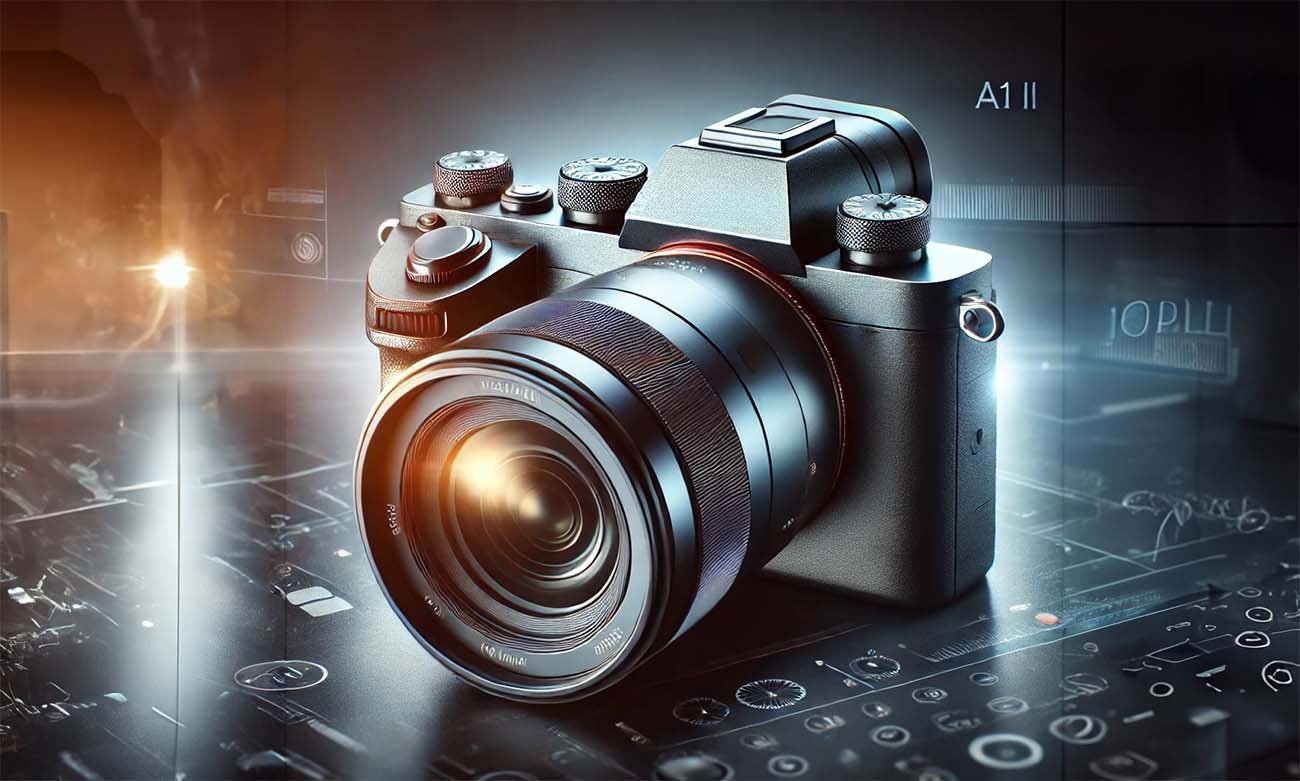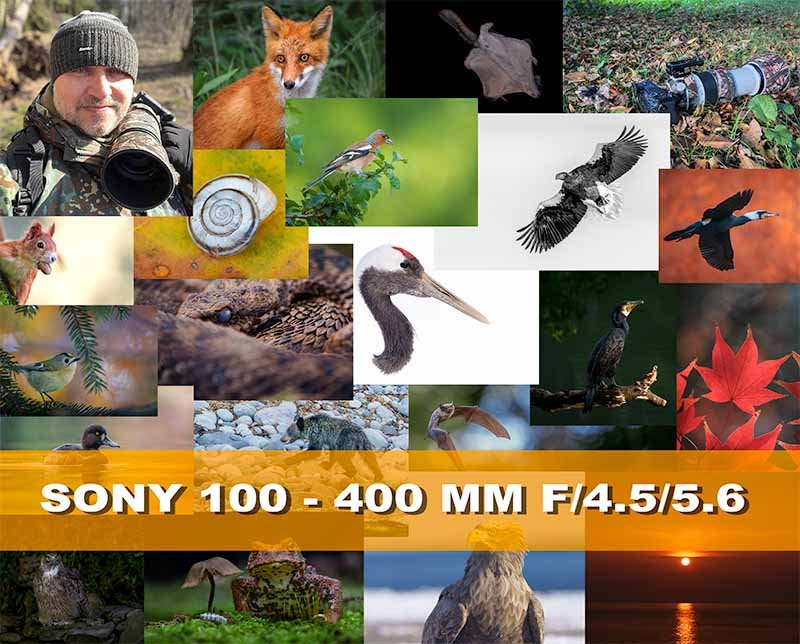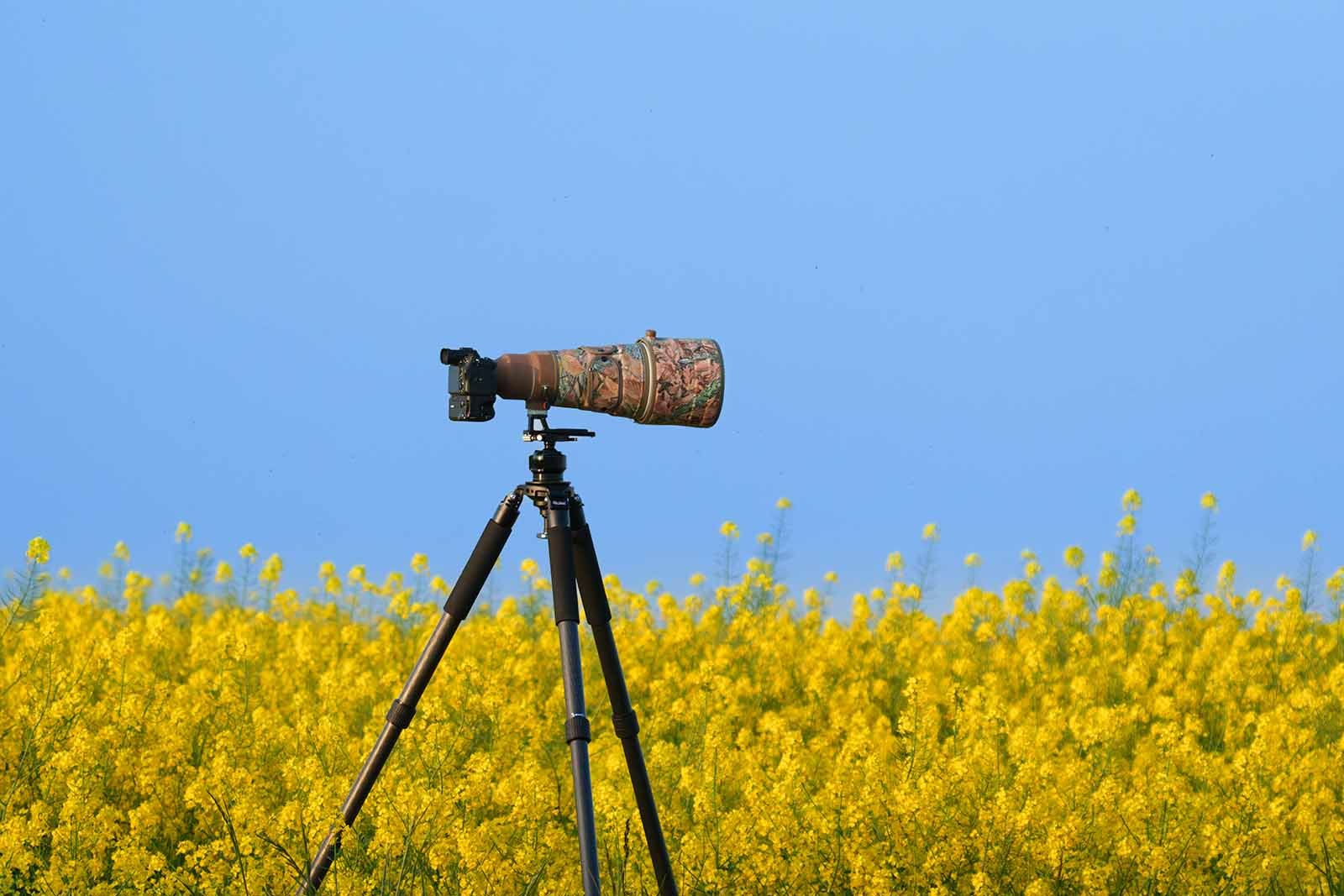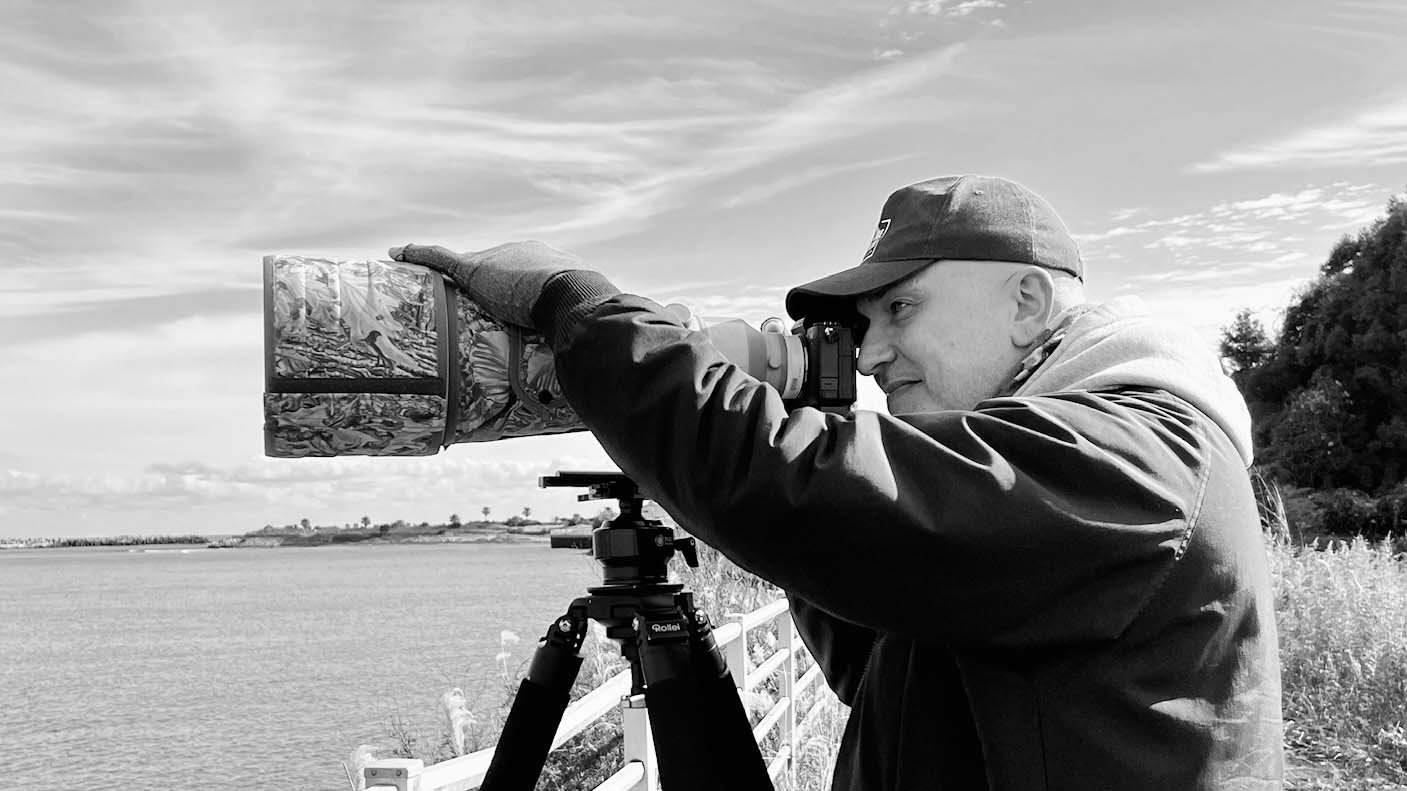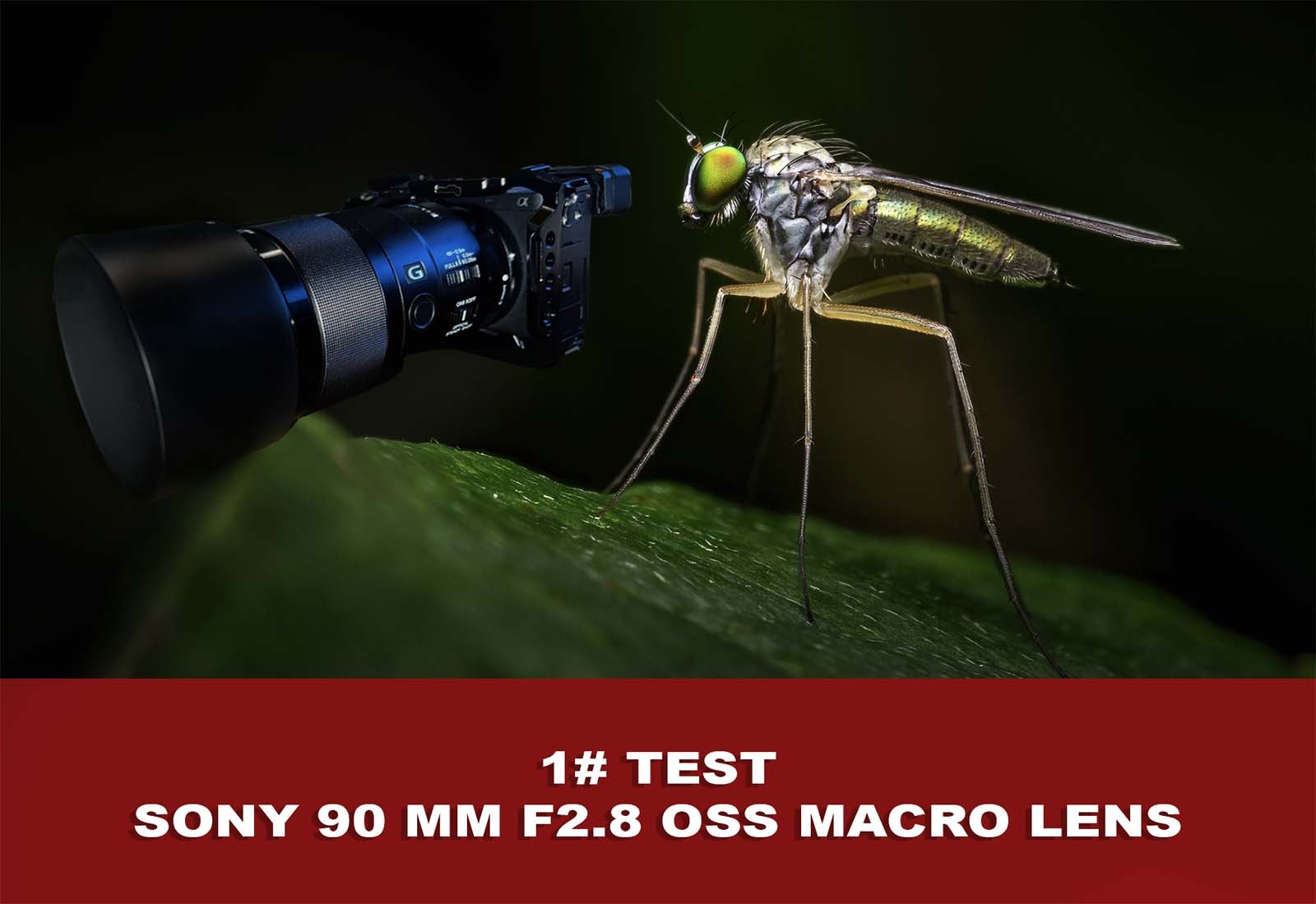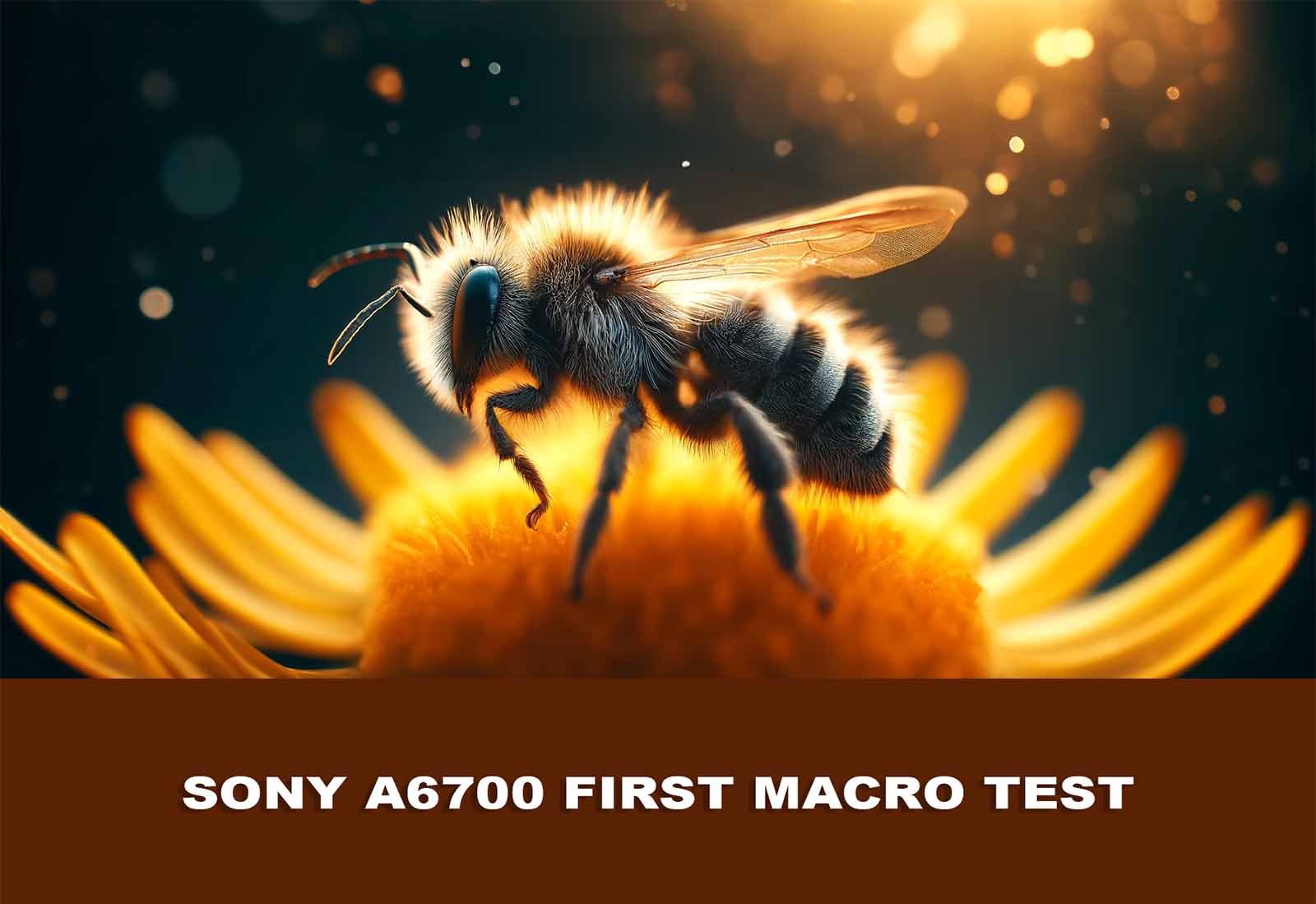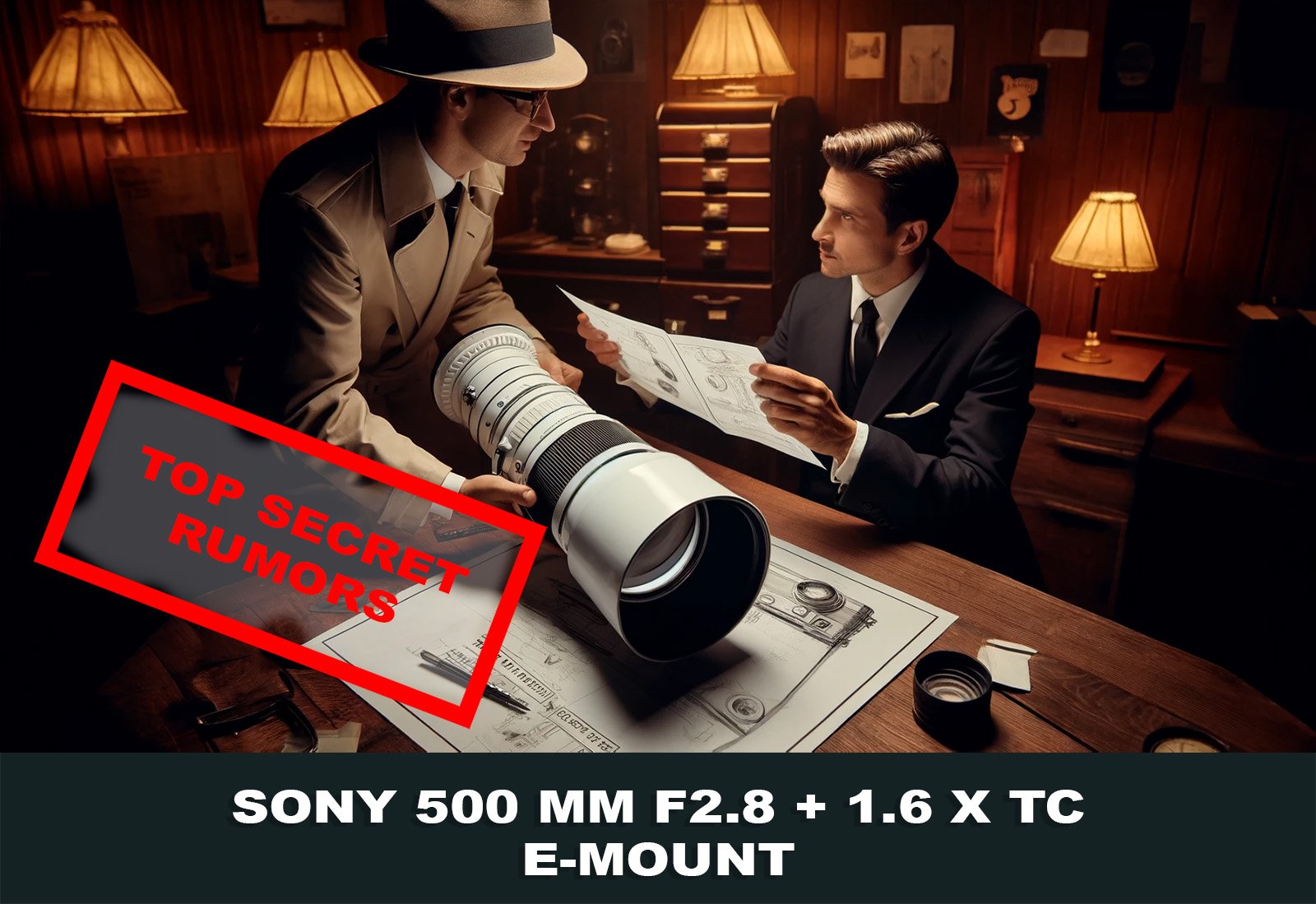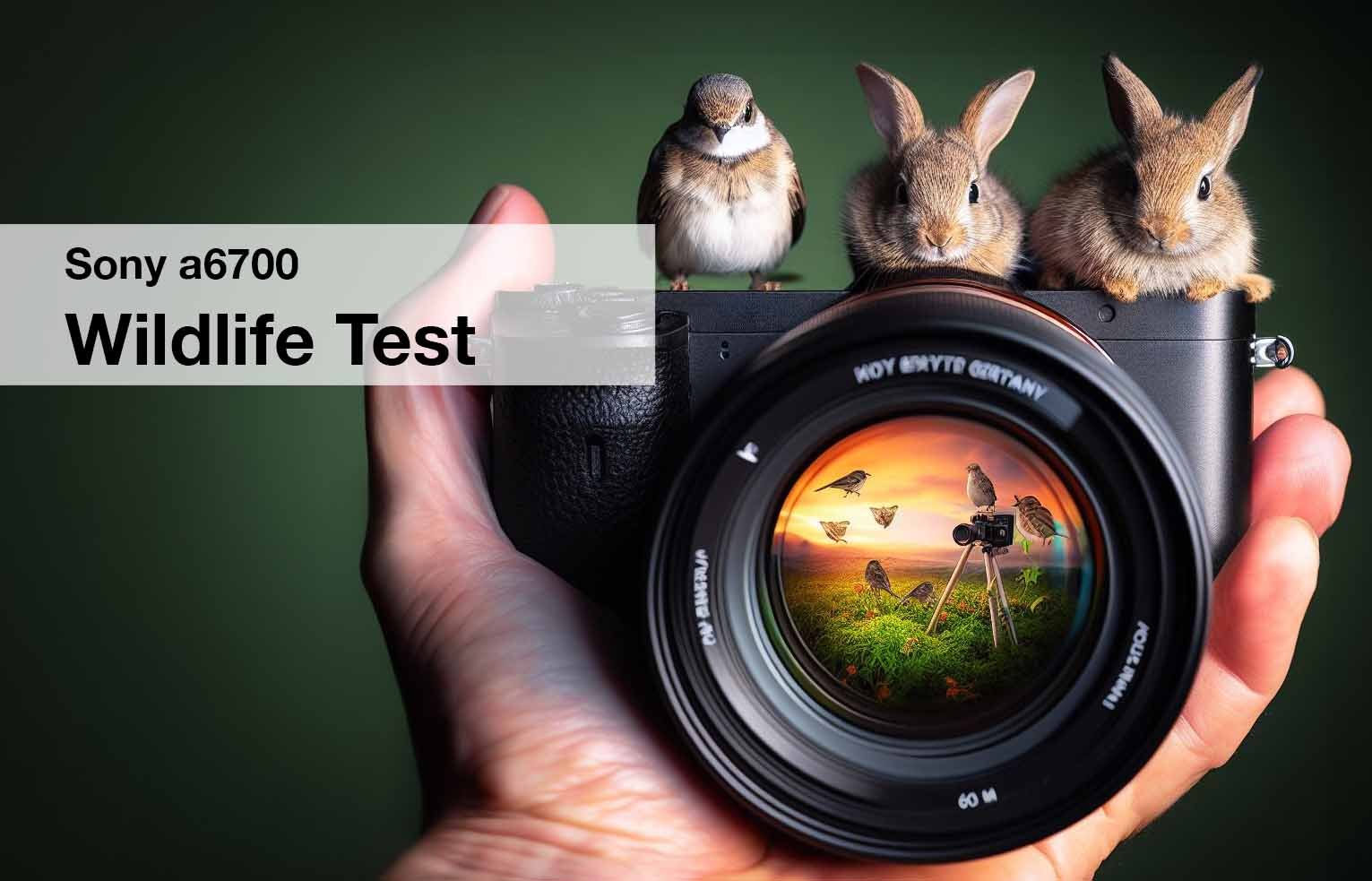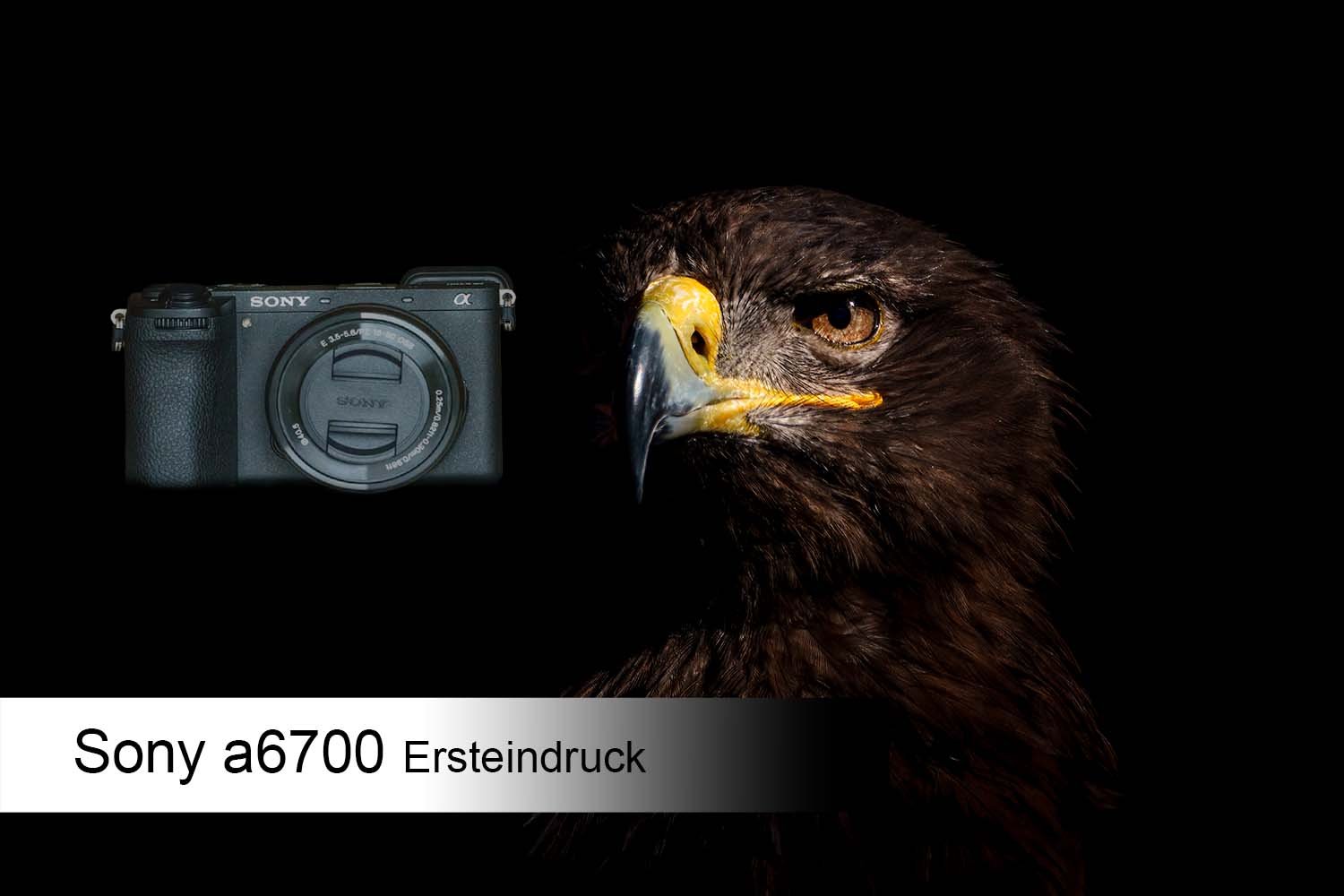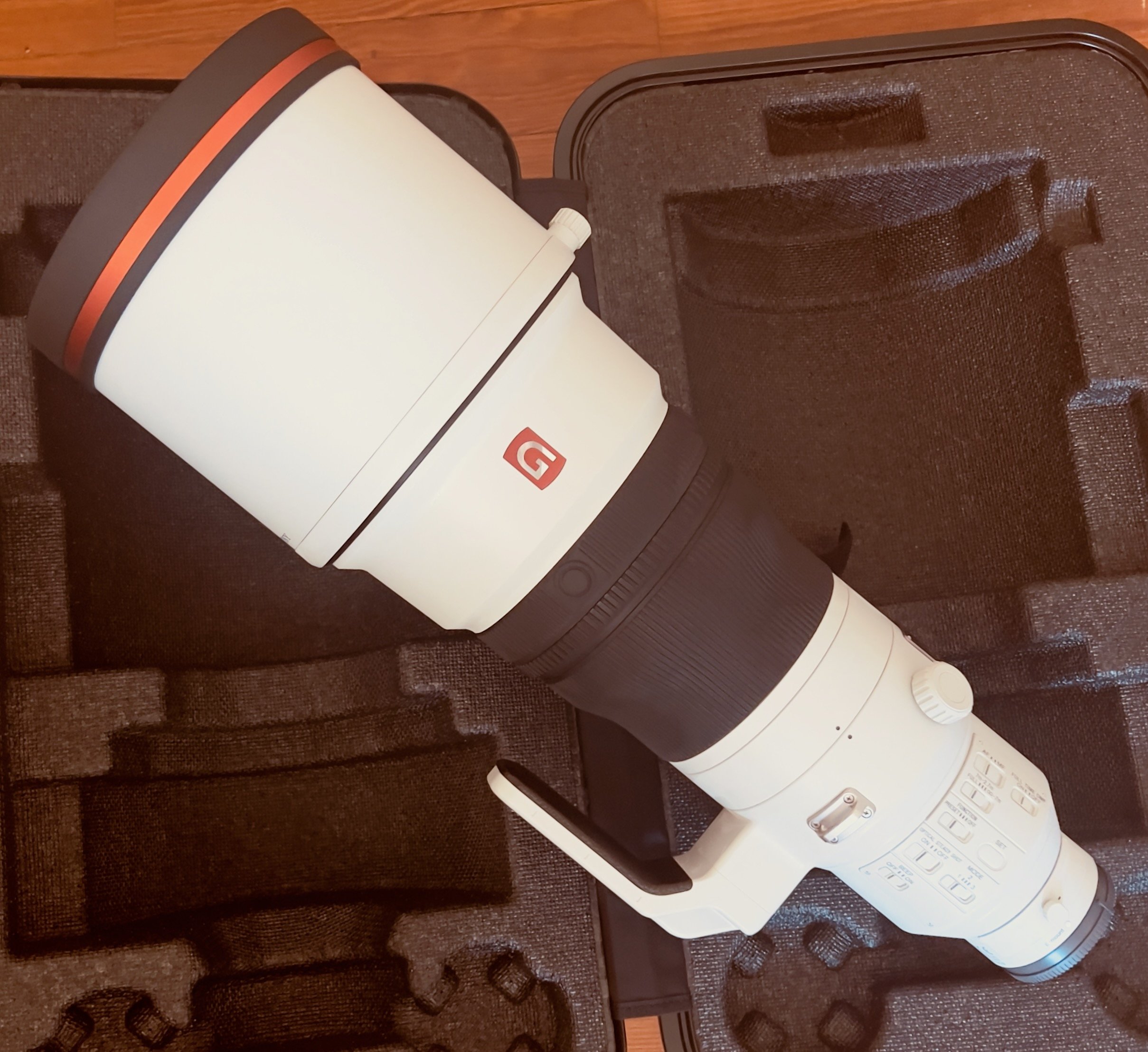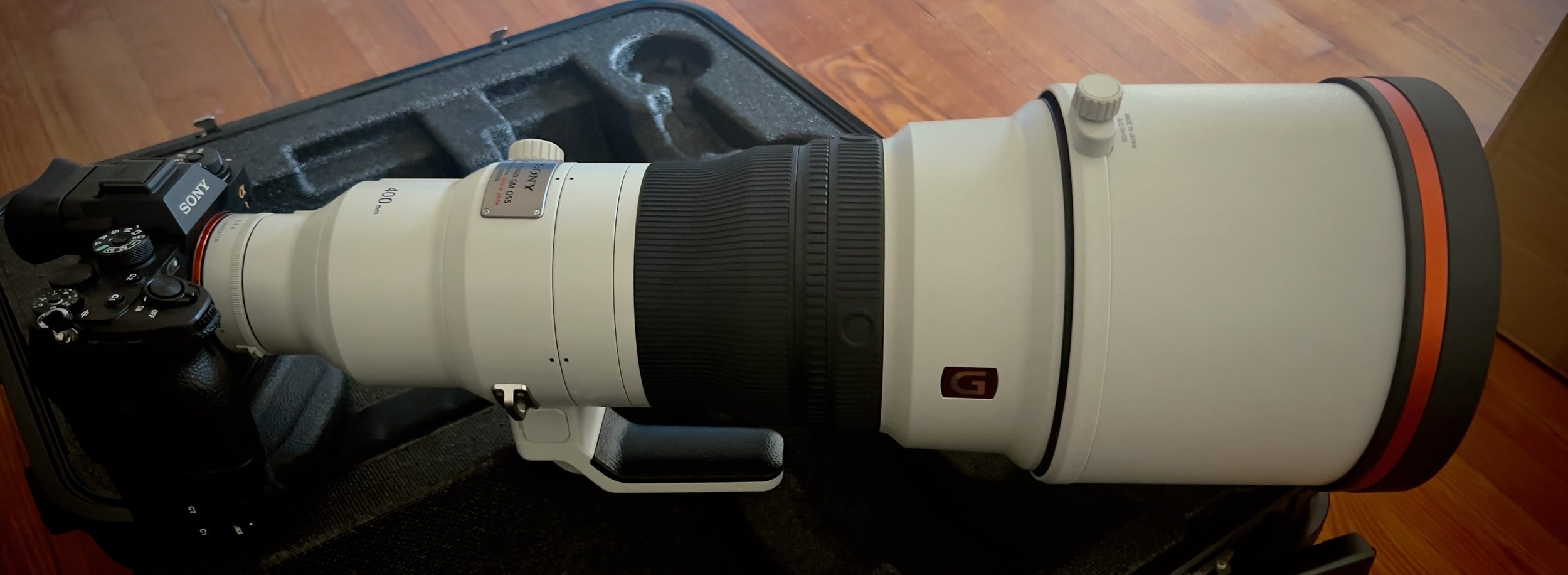Sony a6700 in the First Small Macro Test
Introduction to the Sony a6700
Since September 2023, the Sony a6700 has been part of my equipment. In two previous articles, I described my first impressions and a detailed wildlife test with this compact APS-C camera. However, macro photography has been neglected until now. Recently, I had the opportunity to test the camera for a day in the macro field, although I am still a beginner in this area.
A Cloudy Day That Changed the Original Photo Goal
Since purchasing the a6700, I had neglected macro photography and focused solely on wildlife photography. When I planned to photograph vipers with a photography friend, we found the day to be heavily overcast and rainy. The temperatures were unsuitable for reptiles, so we decided to switch to macrophotography instead. Fortunately, I had my Tamron 28-75 mm f2.8 full-frame lens and the Meike automatic macro extension tubes with me.
Magnification Ratio and Using a Non-Macro Lens
As we realized the cooler weather would persist, we roamed a dam between two ponds, searching for insects in bushes, shrubs, and plants. My initial setup consisted of the Sony a6700 and the Tamron 28-75 mm f2.8 E-Mount. Without extension tubes, this lens only achieves a magnification ratio of 1:2.9 (wide-angle 28 mm) or 1:4 (telephoto 75 mm). After the first shots, I added the Meike extension tubes (10 mm and 16 mm), which provided a magnification ratio of 1:1.67 and a field of view of 112.5 mm at the telephoto end of 75 mm. This led to usable results.
Camera Settings, Tripod, and Depth of Field
It took several shots to find the right settings and techniques. A flash was not used as I did not have one with me. In the future, I will definitely use a flash. The camera was set to burst mode, and I switched between field- and spot-S- focus area. I also tried stacking, but unsuccessfully, as I could not distinguish the stacking shots from the burst shots during post-processing. More on that later.
For depth of field, I used aperture values between f7.1 and f9, with some exceptions up to f16. Higher values caused too much ISO noise under the weather conditions. I set the ISO to a fixed value of 1600 to minimize noise, and the shutter speed was usually around 1/1000. I used a tripod only briefly, as it was cumbersome and hindered more than it helped.
Mechanical Shutter vs. Electronic Shutter
As mentioned in previous reviews, the “rolling shutter effect” was noticeable with electronic shutter, especially with fast-moving insects. The mechanical shutter worked flawlessly, without blur from mechanical vibrations when a fast shutter speed was used. However, mechanical wear and tear on the camera remains a disadvantage.
Object Recognition, Focus, and Speed
Autofocus in the macro range is often challenging, which is why many macro photographers prefer manual focus. However, I stuck with the autofocus of the a6700, which impressed with AI-assisted insect object recognition. I switched between "field" and "spot-S" focus areas depending on the situation. The camera showed excellent object recognition and focus speed.
Results and Conclusion
Many of my shots ended up in the trash, but I was able to achieve some first impressive images. During post-processing, I found that the “focus-bracketing” shots were not saved separately, making it difficult to distinguish them. I will need to optimize my workflow in the future.
Gallery of My Macro Photos
Below is a selection of my macro shots from the day, each with technical data and insect names.
Final Thoughts on Macro Photography with the Sony a6700
This first macro outing has motivated me to delve further into macro photography. I plan to get the Sony 90 mm f2.8 OSS macro lens, unpack my flash, and make a diffuser. The new impressions of nature have excited me, and I want to engage more intensively with extreme macro photography.
P.S.: We did find the vipers later – more on that in an upcoming article.
My Personal Pros and Cons List at the End of the Macro Photography Day
Here is a small list I created to learn from for my next macro photo session with the Sony a6700, Meike extension tubes, and the Tamron 28-75 mm f2.8, which I would like to share with you.
Pros and Cons of My Macro Photography Day
Pros
Ability to switch between different extension tubes.
Camera Functions:
AI-assisted insect recognition.
Use of focus-bracketing to achieve more depth of field.
Best focus areas "field" and "spot-S".
Use of burst mode.
Image Quality and Magnification Ratio:
Combination of Tamron 28-75 mm f2.8 with 26 mm extension tubes enables a magnification ratio of 1:1.67.
Good field of view with APS-C Sony sensor at 75 mm = 112.5 mm with crop factor 1.5.
Handling and Versatility:
Easy handling, even without flash.
Good results despite changing weather conditions (although a flash is planned for future sessions).
Macro Video Recording:
Ability to record macro videos with an additional "super crop factor 1.59" at 4K and 120 fps.
Cons
Mechanical and Electronic Shutter:
"Rolling shutter effect" with electronic shutter, especially with fast insect movements.
Even lower exposure times might be possible with an electronic shutter.
Mechanical wear and tear on the camera with intensive use in burst mode.
Handling and Accessories:
Unwieldy, heavy tripod designed for wildlife photography, making macro shots difficult.
Need for flash and diffuser for better results.
Image Management:
Difficulty distinguishing focus-bracketing shots from burst shots during post-processing.
Lack of a specific save function for focus-bracketing in the camera.










